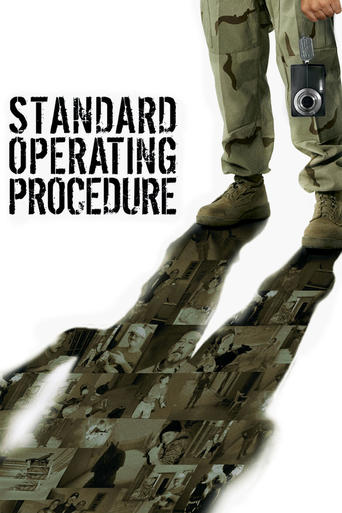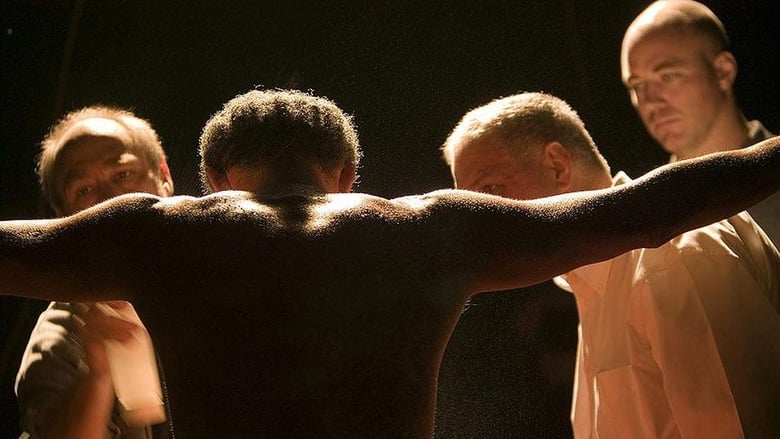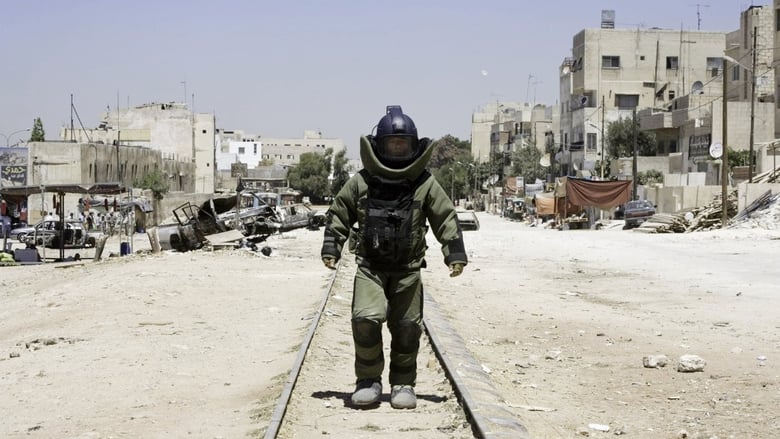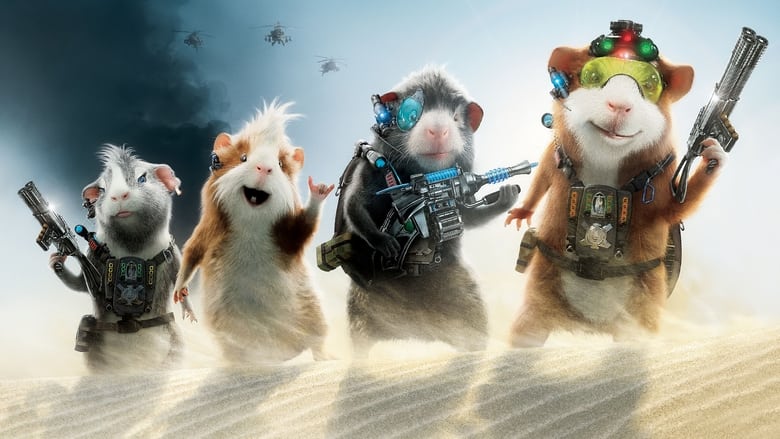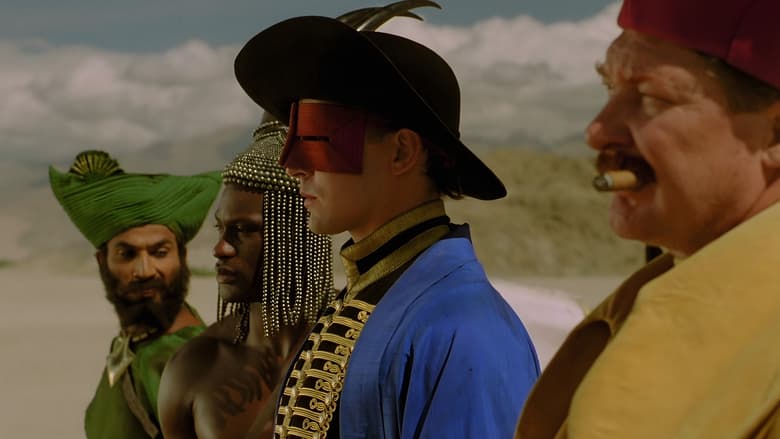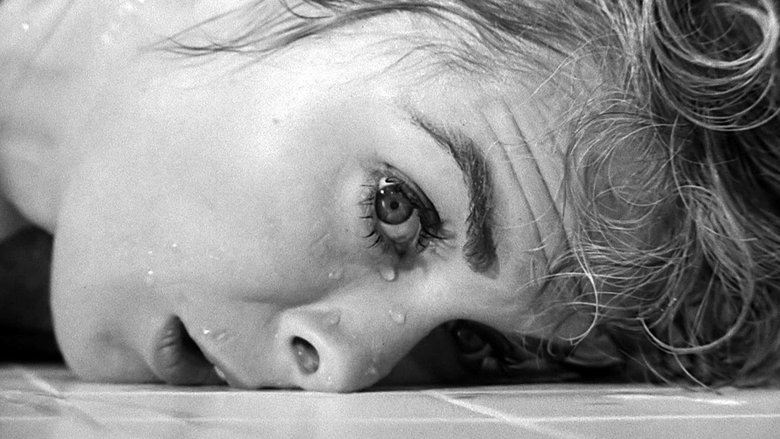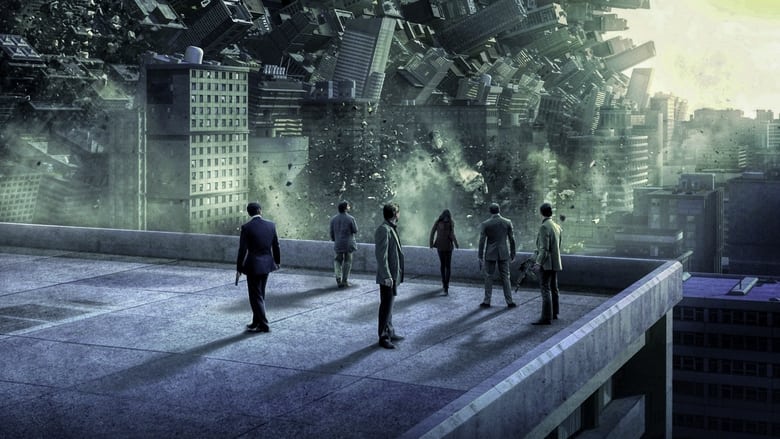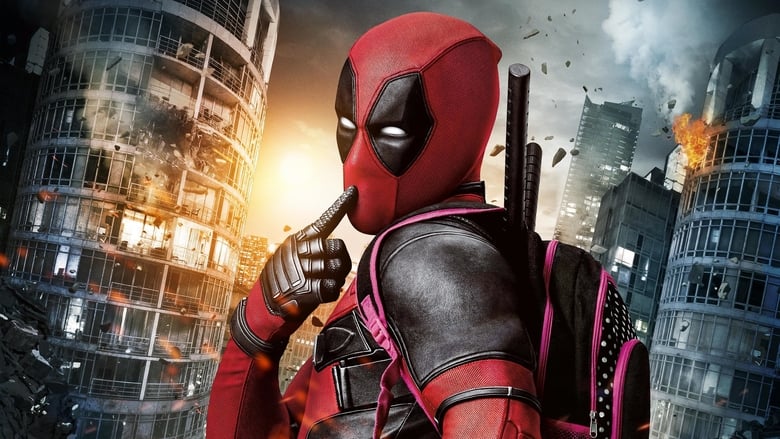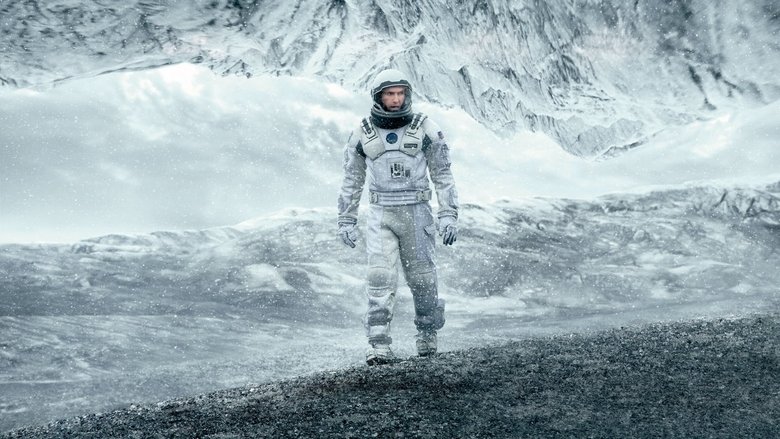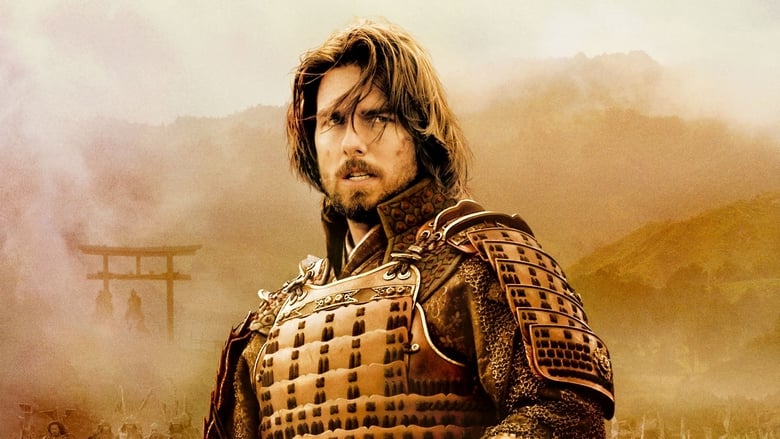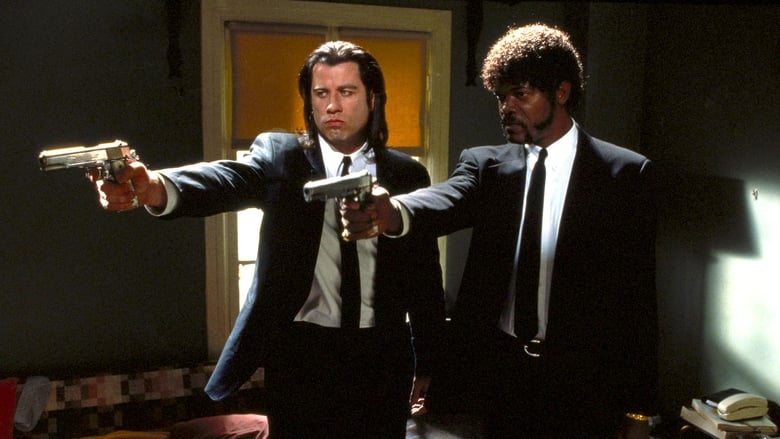Errol Morris examines the incidents of abuse and torture of suspected terrorists at the hands of U.S. forces at the Abu Ghraib prison.


Similar titles
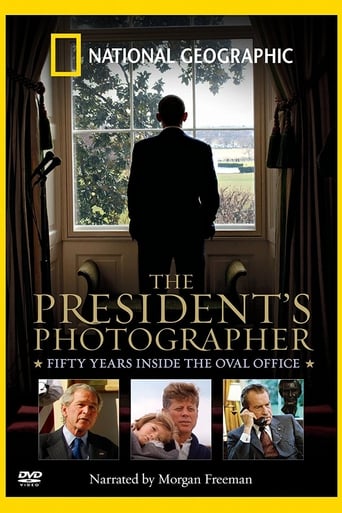
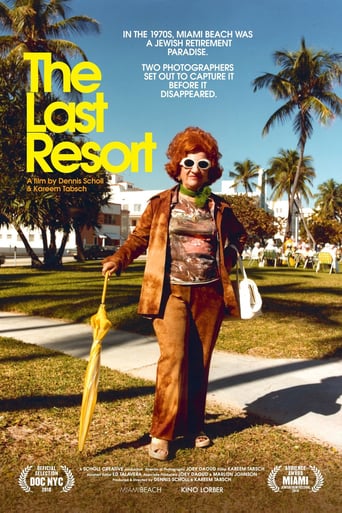
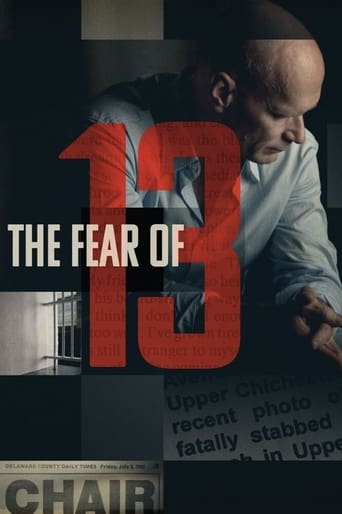
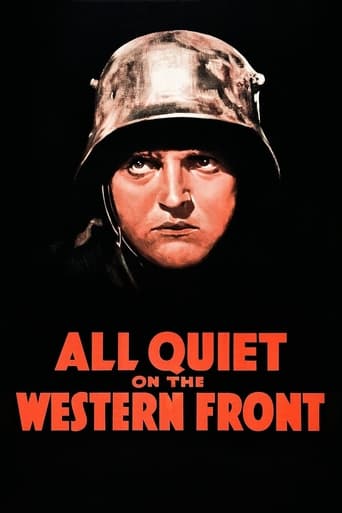
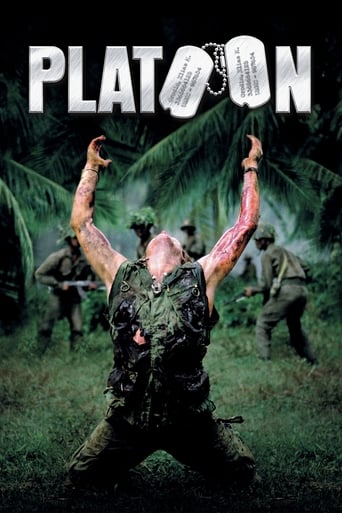
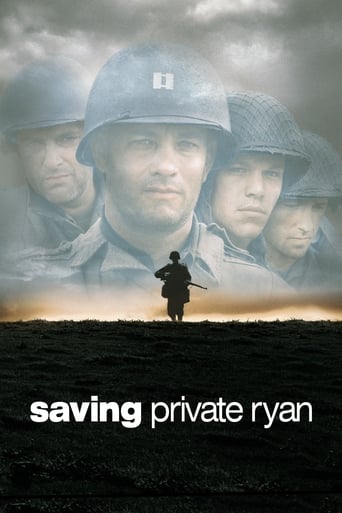
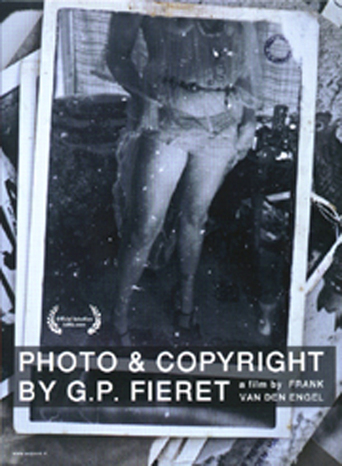
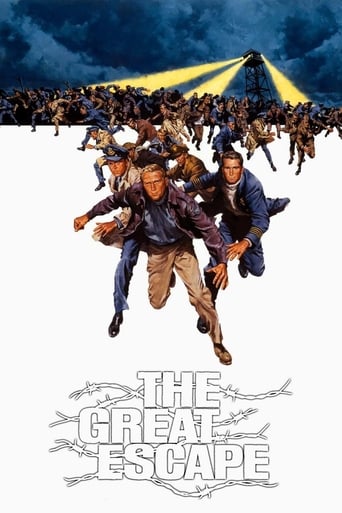
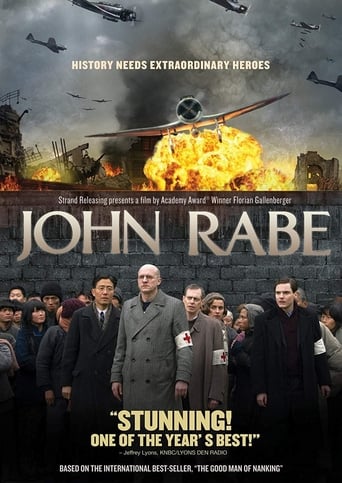
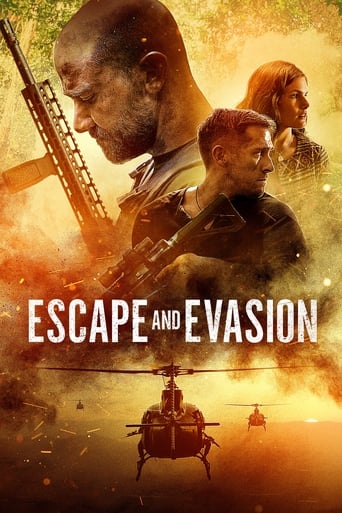
Reviews
As someone who spent the majority of his adult life in the military, this documentary was especially disturbing.It's not as it there is anything new here. I saw Ghosts of Abu Ghraib, a better picture, and I am sure that I will see some of this again in Taxi to the Dark Side, or at least I am told I will. It is not that this is new or surprising, but that it needs to be seen and remembered as much as the Holocaust.That is not to say the murder of six million Jews stands equal to the abuses by our soldiers in Iraq, but that we need to remember this and make sure that we do everything we can to prevent it from happening again.The professionals will tell you that there is no useful information that can be obtained from tortured prisoners. They will say anything to make you quit. So, there is no excuse for what happened here. It was just people reverting to their animal instincts.The biggest shame, of course, if that no one above the rank of SSgt went to prison. That is just the way it happens. The troops are scapegoated and the officers are reassigned.The method used by director Errol Morris in telling this story was unique and really added to the film. It needs to be seen by everyone.
Standard Operating Procedure (2008) ***1/2 What's in a picture? They say its worth a thousand words, but how many words are what's not in a picture worth. How about thousands of pictures? That conundrum is one of the major foci of Errol Morris, the eccentric genius documentarian's new project, Standard Operating Procedure. Although I was not engaged as I was with Morris's other works, Standard Operating Procedure is still a brilliant and fascinating look at the Abu Ghraib photo scandal.Morris interviews through the interrotron numerous members of the staff at Abu Ghraib prison. They give their thoughts on their complicity in acts of torture, and reflect back on their experiences. One of the film's major attractions is Lynndie English, that now infamous young woman so maliciously captured on film.What comes across most intently is that they were just doing what they were told. Those orders always come from off camera left or right. No one above Staff Sergeant was ever charged with anything. This is a point the documentary tries to drive home. In any bureaucratic structure, the big dogs never take the fall. You always sacrifice your little men, your pawns. If people knew what was really going on at the top, they would most surely revolt, or at the very least make a stink, and that would be it for you.Morris interviews one person who claims she took pictures because she knew it was wrong, to show the world. Is she telling the truth? Well she also discusses how it was "kinda fun" sometimes. She is probably guilty and innocent on all counts.Morris delves into his subject matter with his usual detective style. He says very little, and of course never ever dares show his face on camera. He only prompts from time to time. He has a style that is uniquely his own in the documentary world. I did not find Standard Operating Procedure to be on the same level as say The Fog of War or Gates of Heaven. But then again how many are? This is a more than worthy addition to the Morris repertoire.
What a crashing bore of a movie on a topic that deserved a much better treatment. Morris displays his customary heavy handedness in driving home the trivial and obvious points with excess, unneeded imagery. If you want to see a compelling story on this issue, told with much more flare and skill, see Taxi to the Dark Side. Don't waste your time on this, unless you need a good snooze. On display are Morris's usual techniques, employed to similar head-scratching ends as in Fog of War. At least there, we had an interesting character at the heart of the story and Morris lucked out with some poignant on-screen moments from McNamara. Here, he demonstrates that he has no intellectual or critical filter with which to sift facts. So, when one interviewee mentions the three cameras used to take the pictures at Abu G, we get a special effects image of each camera model floating in space as if this were some revelatory moment. When it is revealed that during an amnesty period after the Abu G scandal was revealed many photos and other documents were handed in a shredded, we get, not just a slow mo of shredded paper falling through the air, we get also get an entire cell block filled with bits of paper. In other words, every moment is punctuated with Morris's subtext: you're just too dumb to get what you just heard and I'm so enthralled with my movie making skills that I'm going to beat you over the head with this. This is not documentary film-making. This is rampant narcissism.
Errol Morris's new documentary "Standard Operating Procedure" attempts to challenge the very medium of photography and bring to light the injustices at Abu Ghraib. The film somewhat succeeds in the first respect but fumbles its way through the second. Documentaries are inherently subjective and set out to portray a certain angle; that being said what Director Errol Morris says are his intentions and what appears on the screen are two totally different things. The film stumbles through the events at Abu Ghraib but fails to retain any real emotion, fluidity or energy throughout the work. Let's look at the good first. Errol Morris takes an interesting stance by constantly asking the viewers "What's outside the frame?" In a sense he's questioning the very medium he is using. This questioned is answered somewhat through testimonies but also quite literally by showing viewers photographs before they were cropped, such as the infamous leach photograph. Errol using some interesting techniques, most noticeably the use of the interotron. The interotron is a screen, similar to a TelePrompTer, that allows the interviewee to look directly into the camera, allowing for a more genuine first person feel to the film.However, for everything Errol Morris does right, there are a myriad of things done wrong here. While the cinematography of the film interviews via the interotron is interesting, the editing that pieces it together is awful. The film will cut different angles of the same person talking with gaps of black transition that last for almost two seconds. These pauses of black beg you to question "Is the film over?" which is always no. The film clocks in at 117 minutes, but it might as well be four hours long, because that's what it feels like. You can only watch people talk at you for so long. Morris attempts to spice up the picture by using grainy, melodramatic, slow motion sequences that serve little purpose other than to pad an already long film's running time and to flesh out images of his imagination in an attempt to sway the audience to his kind of thinking. Errol Morris has stated on several occasions that "Standard Operating Procedure" is not a political film. It sure feels like one. Morris paints himself as a detective, similarly to the way he did in "The Thin Blue Line", attempting to bring those truly responsible to justice. Those in the picture are responsible, but he wants to go after those higher up, who ordered the interrogation techniques and knew what was going on. The film merely graces that aspect, pointing a broad finger towards higher command and Bush administration. instead, the film indulges in the American atrocities committed at Abu Ghraib, while sympathizing with those who were jailed. Morris also blatantly hints towards the fact that every cell block in every prison in Iraq is performing this sort of torture to this degree. Why no photographs of any other cell block have not leaked, you can decide. "Standard Operating Procedure" is a failed documentary in that it attempts to be investigative but is so subjective in it's material that it just comes off as a fumbling clump of information. Nothing is truly resolved and more questions are asked than answered. It does give slightly more insight to the happenings at Abu Ghraib, but at almost two hours, S.O.P. is self aggrandizing and indulgent. Morris's political beliefs cloud his objectivity; the way he paints it, President Bush and Rumsfeld were fully aware from the beginning and actively trying to cover it up. Why would Morris take this approach? Because large government conspiracies are a whole lot more interesting than isolated incidents. In the end, there isn't a whole lot of reporting going on here as much as speculating.
